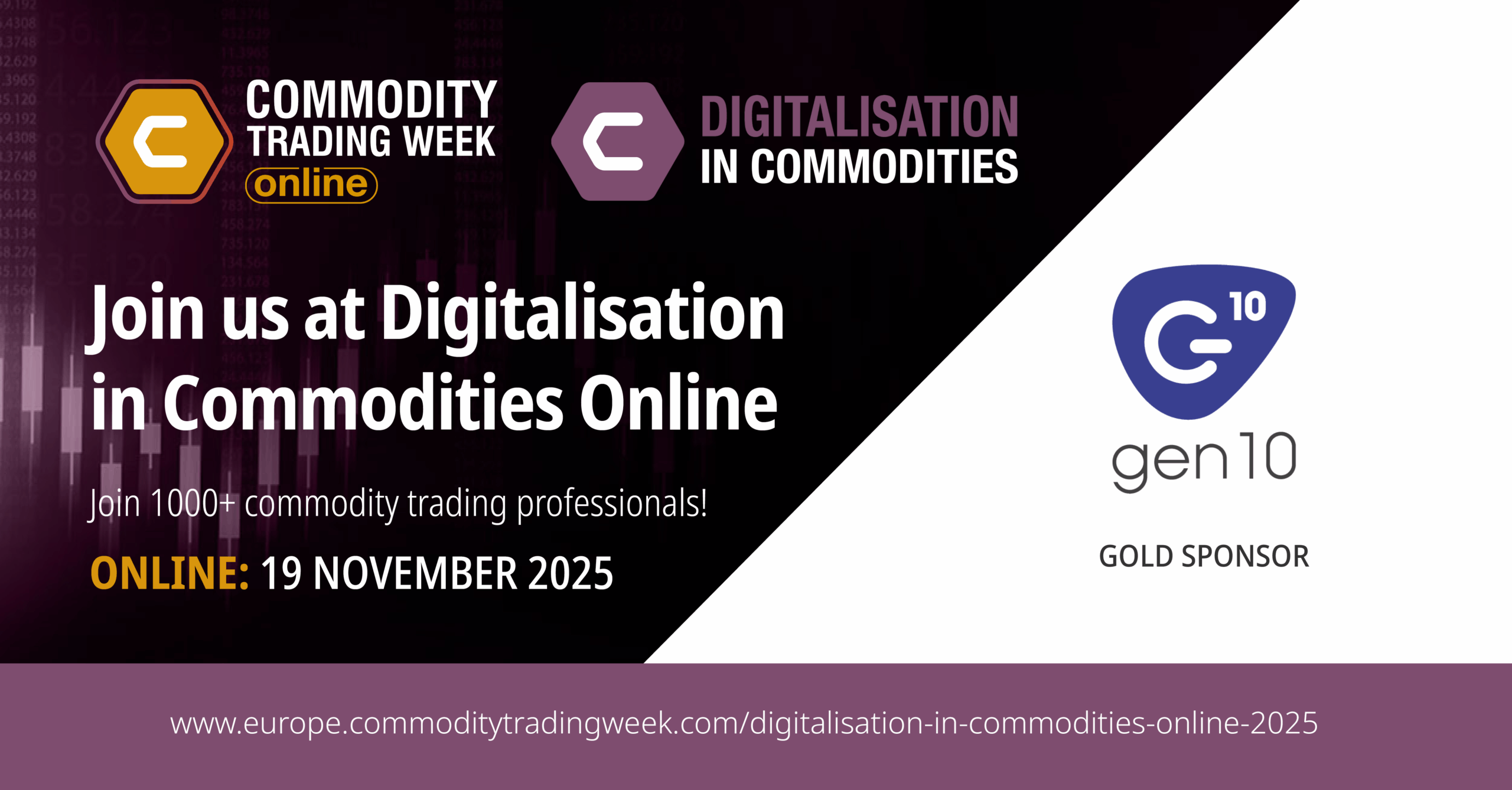These days, speaking to people in metals trading, it is very rare to find somebody who does not appreciate the importance of a metals CTRM system, even if they are not currently using one. CTRM has become a basic requirement of metals trading, but it can and should be far more than this. A good CTRM system can be a driver of profitability and help the organisation maintain a competitive advantage through the ability to move and respond faster and make better decisions. And conversely, those businesses that are using outdated, inflexible or uncustomised systems can find themselves held back, with teams stalled and waiting for information from others, loaded up with administrative tasks and/or unsure of their current exposure, for example.
Powering collaboration
The real advantage of a good CTRM system lies in its ability to bring different operational areas together. The earliest iterations focused on incorporating trading and risk, giving the software category its name, Commodity Trading Risk Management. However, the technology has grown from these origins to foster tighter collaboration, not only between trading and risk teams, but across the wider business too.
A good CTRM is used by teams proactively to manage their work, rather than reactively reporting on actions they have already taken, which means that the information within the system is a fully real-time view of the live situation. For example, when a trader adds assay and weight details for a contract, these are used to calculate pricing for the trader and auto-fill shipping documents for operators. The CTRM system enables better, faster decisions by ensuring this information is securely available and usable by the people who need it.
And this data-sharing can combine with automation to drive further efficiencies across the business. For example, risk managers can set a credit limit and a pre-approval limit for a given counterparty so that when a trader comes to create a new deal, they can instantly check how much credit is available and use the pre-approval process for the transaction. The risk team have the confidence that the transaction is within tolerance and know all positions at all times, but do not need to interrupt their own work to approve the deal.
Taking this collaboration further, a new software category of Commodity Management evolved from CTRM systems and incorporates a broader range of business functions, including purchasing and processing physical goods as well as their associated logistics. Commodity Management therefore brings operations teams into close cooperation with other business functions.
Collaborative ecosystems
When the real value of a system is its ability to bring people together, the more teams it can incorporate the better. And even with the much more comprehensive Commodity Management technologies, there are still aspects of the business’ operations that are conducted in other systems, such as an ERP.
CTRM ecosystems are designed to facilitate better communication between teams by integrating with these other systems and sharing data across the connected ecosystem so that from a user’s perspective they are operating as one joined up process. This can include providing real-time aged accounts receivables information to traders and risk teams, and updating credit line information as soon as payments are received, so the information logged in the ERP powers the automation in the CTRM. And again, a good Commodity Management system can take this integration even further if it can support your real-world processes such as tolling and processing metals.
A Commodity Management ecosystem
Gen10’s CommOS is built on our belief in Commodity Management ecosystems. Our cloud architecture allows us to more easily integrate with other systems and create an ecosystem for our clients’ unique requirements. The cloud also provides the flexibility behind our modular approach that helps us customise the solution to each client and integrate any additional Gen10 apps if required.
For example, you may be looking to replace an older, less flexible CTRM with Gen10’s CommOS, complete with all the functionality you need. Or you may have a CTRM that provides most of the commodity management you need, but doesn’t include automated contract management, in which case you may decide to simply add Gen10’s Contract.Manager app, integrating it with your existing CTRM to create an effective CTRM ecosystem.
Cloud technology gives CommOS the flexibility to be truly relevant for every metals trader, whether you are looking for speed and simplicity for refined metals or to manage every complex detail within concentrates. And the cloud architecture is also what enables us to rapidly implement CommOS and integrate the system with your existing technologies in a matter of weeks. With your technology connected like never before, unlock the power of collaboration, not only within the teams using your CTRM, but across your entire organisation.



